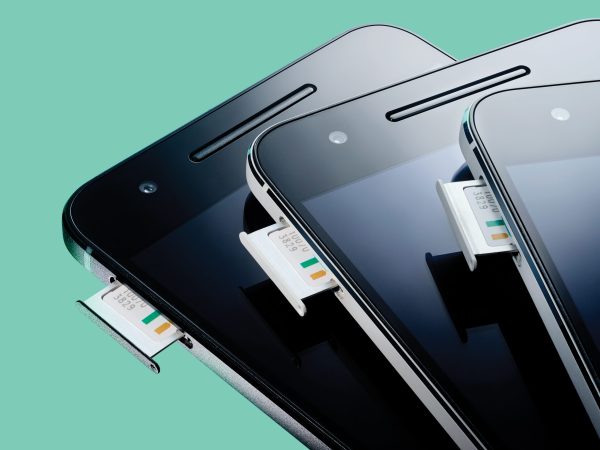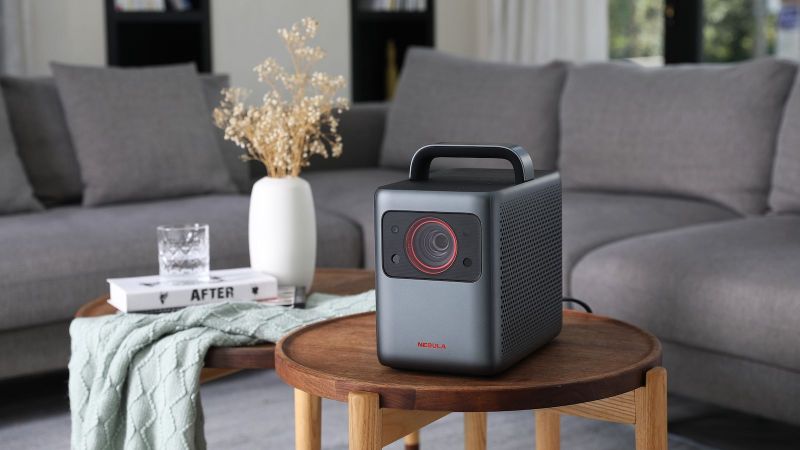

We may earn revenue from the products available on this page and participate in affiliate programs. Learn more ›
From blaring alarm clocks to late-night Netflix binges, the average American uses 12 kilowatt-hours of energy around the house every day. That’s a lot of wattage—enough to drive a Nissan Leaf across Rhode Island—but it’s also our lowest personal-consumption rate since the start of the century. Although we’re more addicted to gadgets than ever, these appliances are growing so efficient that per capita power hunger dropped 7 percent between 2010 and 2016, in spite of our growing doodad collections.
1. Intelligent HVAC
Indoor climate control is the largest energy suck, guzzling almost half a home’s power. Federal standards, set between 1992 and 2015, spurred innovations like programmable thermostats and efficient AC units.
2. Phones for everything
Smartphones draw a mere 10-ish watt-hours of electricity per charge. Swapping them in can offset power-hungry desktops and televisions, which can guzzle 10 times as much juice per hour.
3. A need for heat
A cold winter in 2010 contributed to an all-time high in power demand in Southern states, where heating is largely electric. Folks used to 60-degree weather tried to stay warm as temps fell into the 20s.
4. Low-energy lighting
Starting in 2012, the Energy Independence and Security Act required that bulbs cut energy consumption by at least 25 percent. CFLs and LEDs slash usage by up to 80 percent for each of the 40 bulbs in a typical home.
5. Nukin’ it
Nearly 30 percent of all meals cooked in 2016 involved a microwave, which, in some cases, can save a lot of power: Re-heating leftovers in the appliance uses 80 percent less energy than in an oven.
This article was originally published in the January/February 2018 Power issue of Popular Science.







